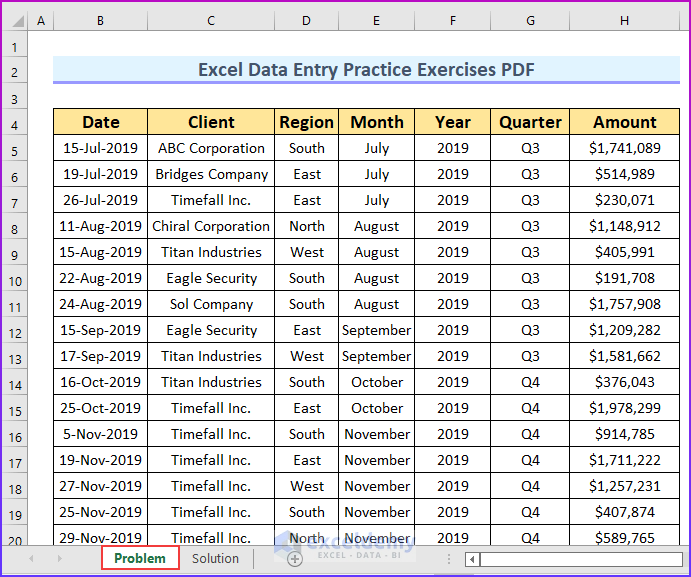Excel Magic: Summing Across Multiple Sheets Easily

Understanding Excel Sheets

Excel, part of the Microsoft Office suite, is a powerful spreadsheet application that allows users to organize, analyze, and manipulate data in a tabular form. One of its key features is the ability to work with multiple sheets within a single workbook. Each sheet can serve different purposes, like separate data sets, different fiscal periods, or various project phases. Understanding how to navigate and manipulate data across these sheets can significantly enhance productivity.
Key Features of Multiple Sheets:
- Organizational Flexibility: Manage different but related data sets without cluttering a single worksheet.
- Data Segregation: Keep sensitive or distinct data isolated while still easily accessible.
- Summing Capabilities: Excel allows you to perform calculations like summing not only within a single sheet but also across multiple sheets.

Summing Across Sheets in Excel

The ability to sum across multiple sheets is crucial for comprehensive data analysis, especially in scenarios where data is spread across different tabs due to organizational needs. Here's how to do it effectively:
Basic Methods

Manual Summation: If you only need to sum a small number of sheets, you can manually enter the formula:
=Sheet1!A1 + Sheet2!A1 + Sheet3!A1
3D References: For a range across sheets, use the 3D reference:
=SUM(Sheet1:Sheet3!A1)
💡 Note: This method works when the range in each sheet has the same structure.
Advanced Methods
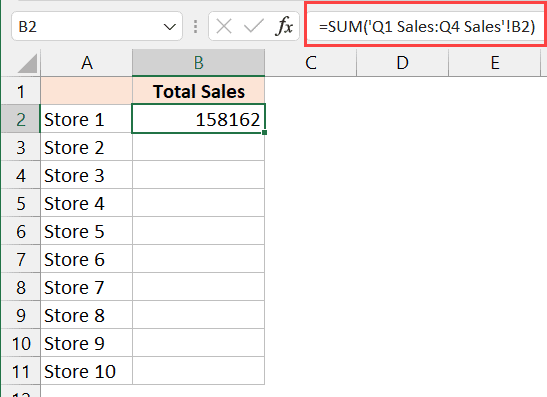
Using Indirect and Sum Functions
For a more dynamic approach, combine INDIRECT with SUM:
=SUM(INDIRECT(“‘Sheet1:’” & CELL(“address”,Sheet1!A1) & “‘!A1”), INDIRECT(“‘Sheet2:’” & CELL(“address”,Sheet2!A1) & “‘!A1”), INDIRECT(“‘Sheet3:’” & CELL(“address”,Sheet3!A1) & “‘!A1”))
Here's how it works:
- The
INDIRECTfunction creates a reference from a text string. CELL("address",SheetX!A1)returns the absolute address of cell A1 in each sheet.- This allows for summing cell A1 across all sheets mentioned in the formula.
Utilizing Named Ranges
Create named ranges for your data sets, then sum across these:
=SUM(Sheet1:Sheet3!DataRange)
Where "DataRange" is a named range set to include all relevant cells in each sheet.
🔔 Note: Named ranges provide clarity, making your formulas easier to understand and maintain.
| Method | Pros | Cons |
|---|---|---|
| Manual Summation | Simple, easy for small sets | Time-consuming for many sheets, error-prone |
| 3D References | Concise, scalable for a range of sheets | Limited by the structure of sheets |
| Indirect and Sum | Flexible, dynamic updates | Complex formulas, potentially slower performance |
| Named Ranges | Clarity and maintainability | Requires setup, limited by naming consistency |
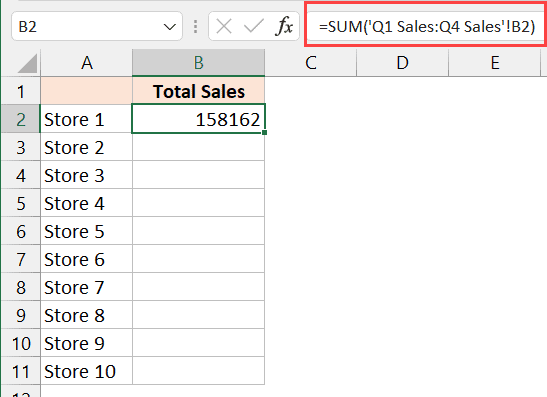
Advanced Techniques
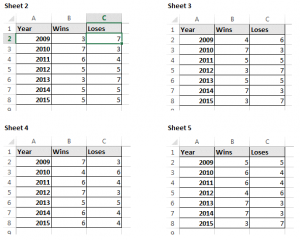
Consolidation: Excel's Data Consolidation feature allows you to summarize data from multiple sheets or workbooks into one master sheet, making it easier to sum across them:
- Select the data you want to consolidate.
- Go to
Data > Consolidate. - Choose the function (SUM in this case).
- Select the range from each sheet to include.
- Click OK to consolidate.
Power Query: For more complex scenarios, Power Query can automate the summing process:
- Combine data from multiple sheets or workbooks.
- Load the data into Excel.
- Use Power Query's aggregation features to sum across the combined data.
🖥️ Note: Power Query is a powerful tool but has a learning curve; consider it for large datasets or recurring tasks.
Now, as we wrap up our exploration, let’s recap the key points:
- We’ve learned to sum across sheets using various techniques, each with its own set of advantages and limitations.
- The basic methods are quick but may not be as scalable or dynamic as the advanced techniques.
- Advanced techniques like using
INDIRECT, named ranges, consolidation, and Power Query offer more flexibility and automation for handling complex data scenarios.
What is the difference between using manual summing and 3D references?

+
Manual summing involves individually adding cells or ranges from each sheet, which can be time-consuming for many sheets. 3D references allow you to sum across multiple sheets with a single formula, provided the range and structure across sheets are consistent.
Why would I use INDIRECT over 3D references?

+
INDIRECT offers more flexibility when you need to reference sheets dynamically or when the structure varies. It’s particularly useful if you frequently add or remove sheets and need to keep your sum formula intact.
Can I sum across multiple workbooks?
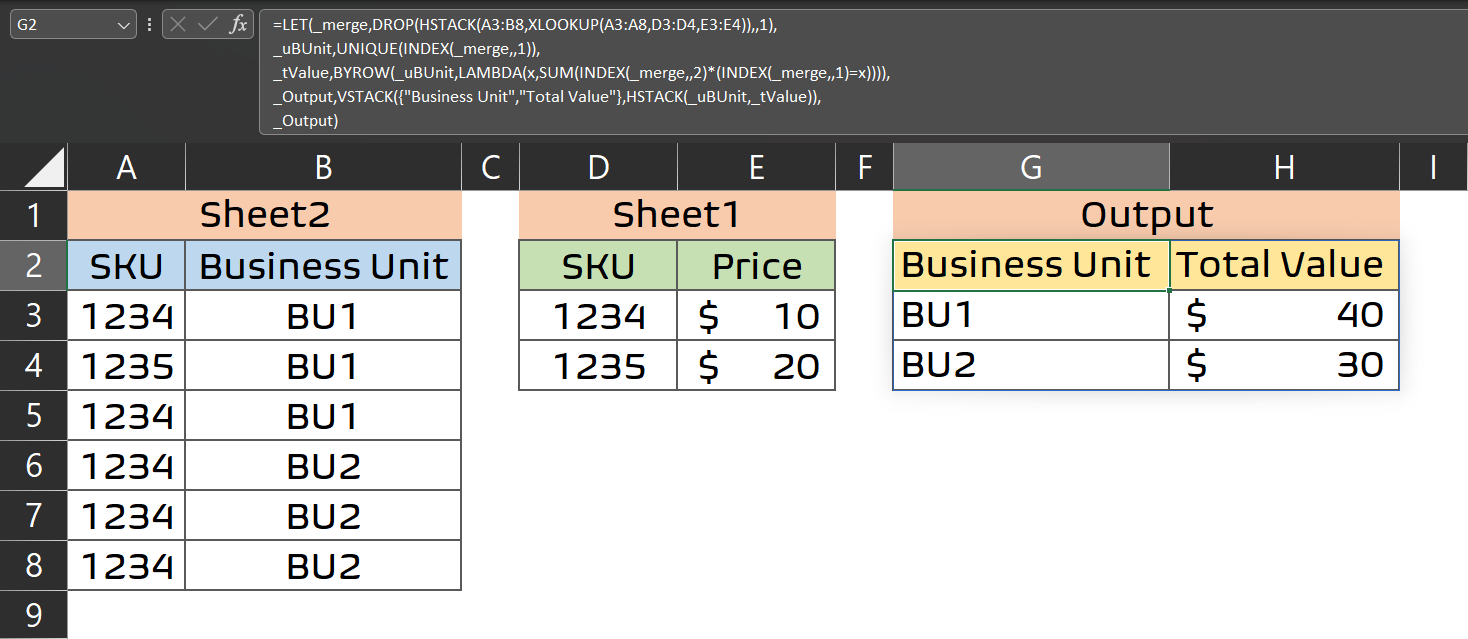
+
Yes, Excel’s Data Consolidation feature allows you to sum data from multiple workbooks into one sheet. Alternatively, Power Query can import data from several workbooks and aggregate it automatically.
